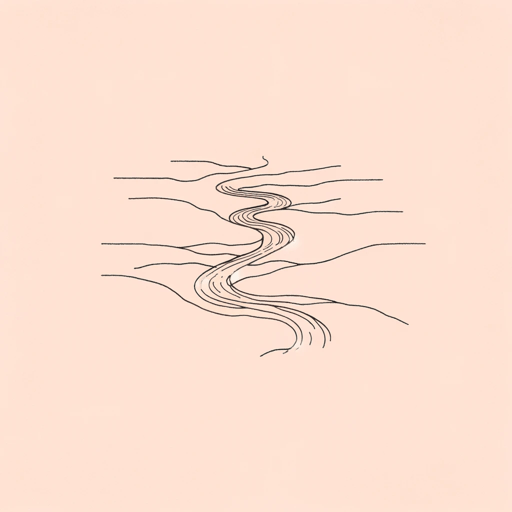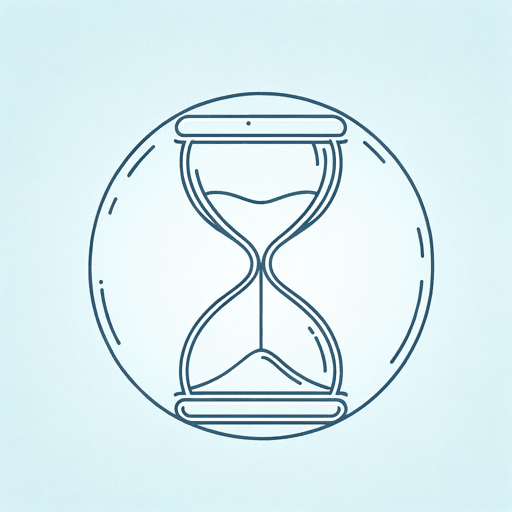28 pages • 56 minutes read
Linda PastanDreams
Fiction | Poem | Adult | Published in 1979A modern alternative to SparkNotes and CliffsNotes, SuperSummary offers high-quality Study Guides with detailed chapter summaries and analysis of major themes, characters, and more.
Poem Analysis
Analysis: “Dreams”
Before discussing the themes and meanings of “Dreams,” readers must understand Pastan’s form and stylistic choices. “Dreams” fits into the poetic sub-genre of the lyric. Lyric poetry captures a speaker’s strong emotions towards a particular subject or experience. It emulates music, particularly singing. Poets can use the lyric mode in any poetic form since subject matter shapes it rather than literary devices. Fixed form poets require certain literary devices to occur in a specific order, such as rhyme schemes and repeated end words. “Dreams” lacks more traditionally sonic literary devices, missing set syllables (where speakers emphasize words) and rhyme patterns. However, its core structure and imagery classify it as a lyric poem. Lyric poems lack a cohesive narrative structure or plot, relying on the speaker’s feelings to move the poem.
Smaller narrative moments do happen in “Dreams.” However, the poem mostly centers around Pastan’s thoughts about dreams and the feelings she receives from them. Instead of telling us what exactly happened to her father, the speaker alludes to the impact of this memory on her. Pastan keeps the origins of the image of the “father / in knickers and cap” waiting “on that shore” ambiguous (Lines 19-21).
Related Titles
By Linda Pastan
Featured Collections
Aging
View Collection
Appearance Versus Reality
View Collection
Grief
View Collection
Jewish American Literature
View Collection
Memory
View Collection
Nostalgic Poems
View Collection
Poetry: Perseverance
View Collection
Required Reading Lists
View Collection
Short Poems
View Collection
Valentine's Day Reads: The Theme of Love
View Collection





